The right fit for a Goalie MaskUpdated a year ago
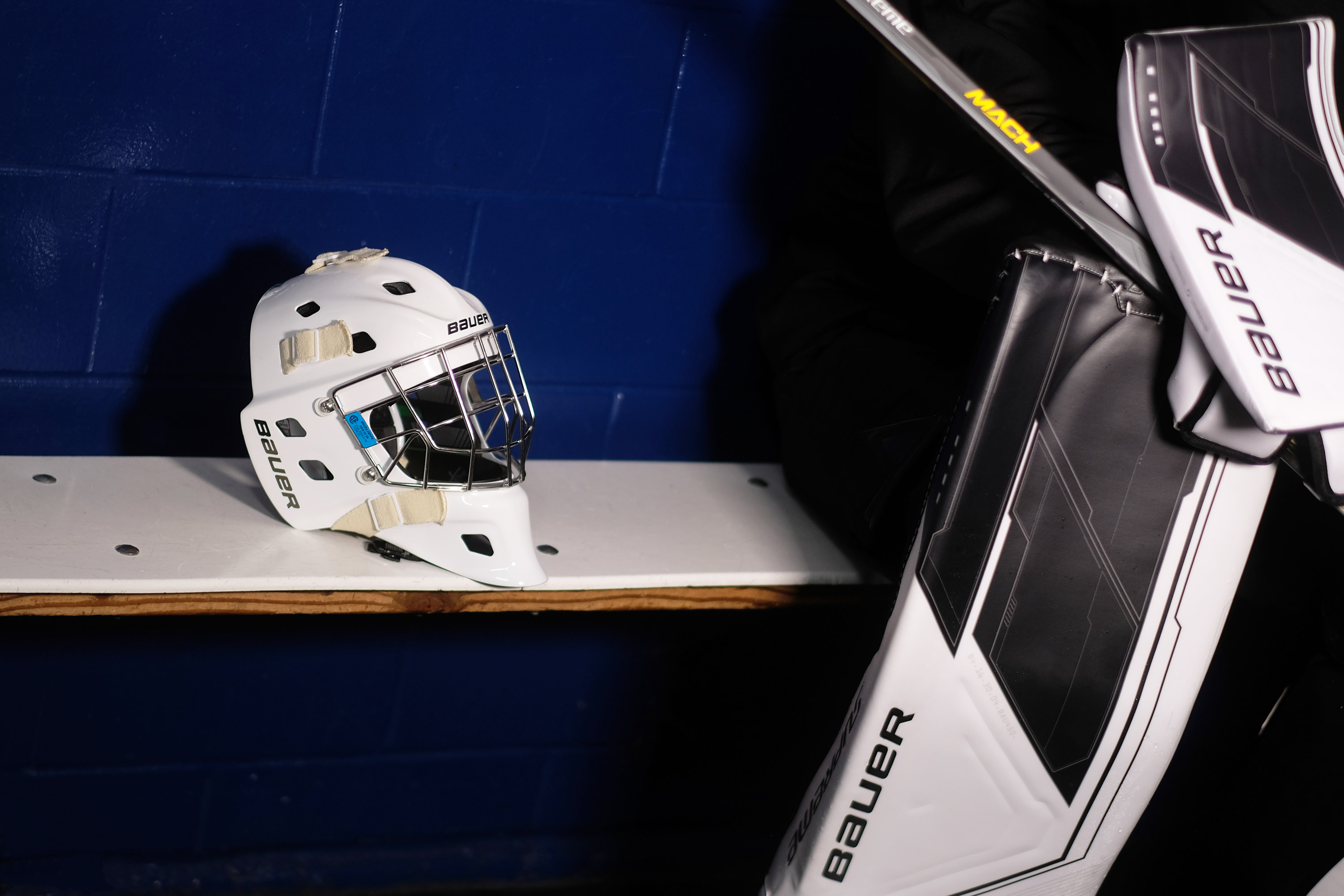 When buying a new mask, it is important to ensure that it fits properly. Even a basic mask with a proper fit will provide better protection than a higher-end model that is ill-fitted. Unlike other gear, sizing for growth is not recommended as it compromises protection, and the mask will naturally expand over time, providing more room for a growing head.
When buying a new mask, it is important to ensure that it fits properly. Even a basic mask with a proper fit will provide better protection than a higher-end model that is ill-fitted. Unlike other gear, sizing for growth is not recommended as it compromises protection, and the mask will naturally expand over time, providing more room for a growing head.
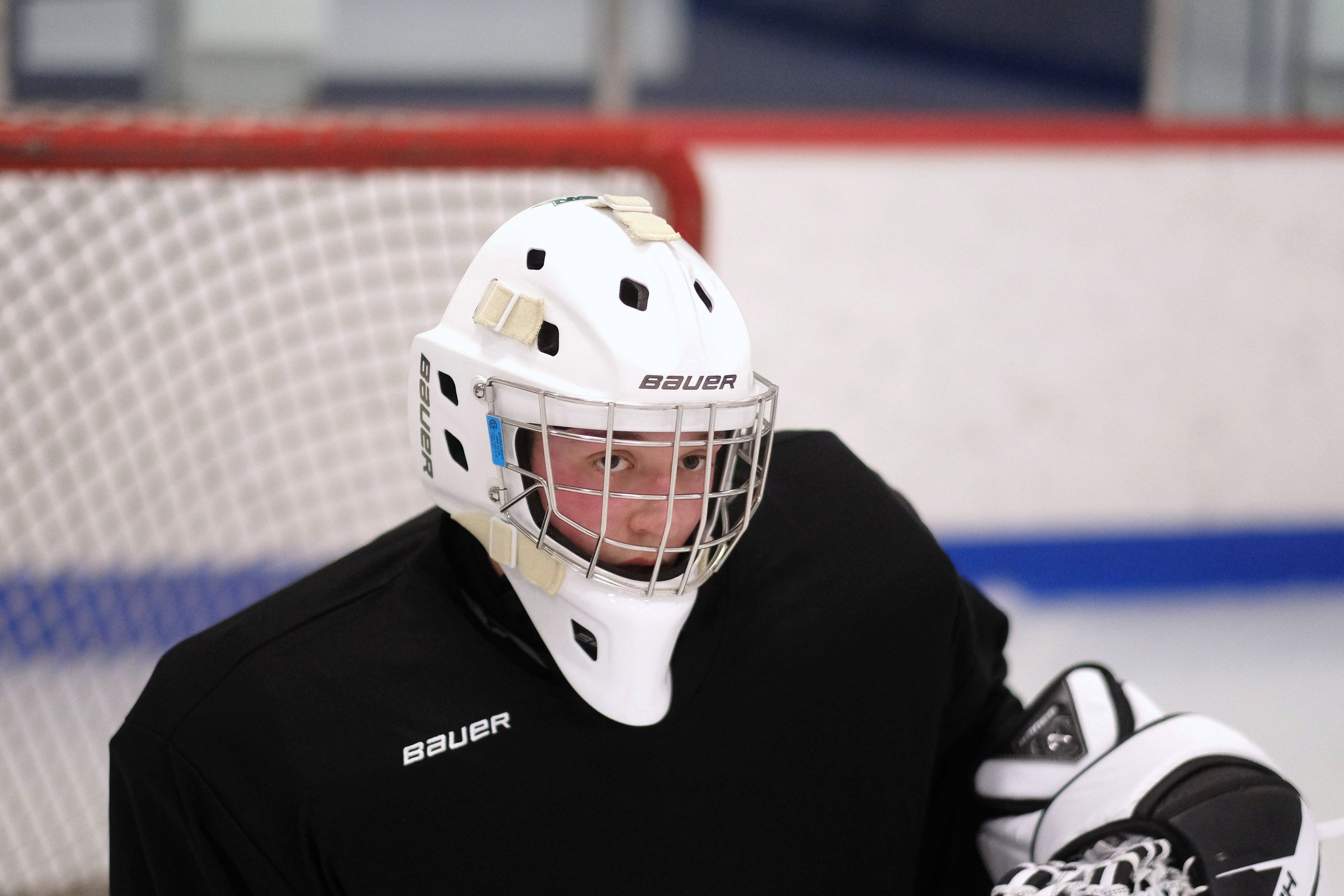 The first step is to determine the correct size by referring to the sizing charts listed on the product page of each mask on our website. This is generally done by matching the head circumference and/or hat size to a specific mask size. When measuring the head's circumference, it is important to measure around 1" above the eyebrows while keeping the tape measure parallel to the "hat line" around the entire head. If using hat sizes, they should be those of fitted hats that are not overly tight or loose.
The first step is to determine the correct size by referring to the sizing charts listed on the product page of each mask on our website. This is generally done by matching the head circumference and/or hat size to a specific mask size. When measuring the head's circumference, it is important to measure around 1" above the eyebrows while keeping the tape measure parallel to the "hat line" around the entire head. If using hat sizes, they should be those of fitted hats that are not overly tight or loose.
When sizing is established, there are four parameters that the goaltender should consider:
- The top edge of the window (opening inside the cage) should be approximately 1" above the eyebrows, and the sweatband inside the mask should sit directly on the skin without any gaps between the mask and the forehead.
- The backplate should fit snugly against the back of the goaltender's head, and its edges should not extend beyond the edges of the mask's shell. This helps to reduce the possibility of gaps at the back of the goaltender's head and ensures that the head is secure inside the mask. However, if all other parameters are met, the backplate extending slightly too far is not a major concern.
- The chin cup should be tightened securely against the chin to prevent the mask from shifting up and down while on the head.
- The temples and/or cheeks should fit snugly against the foam of the mask, leaving little to no visible gaps on each side of the head. This helps to prevent the mask from shifting laterally while on the head.
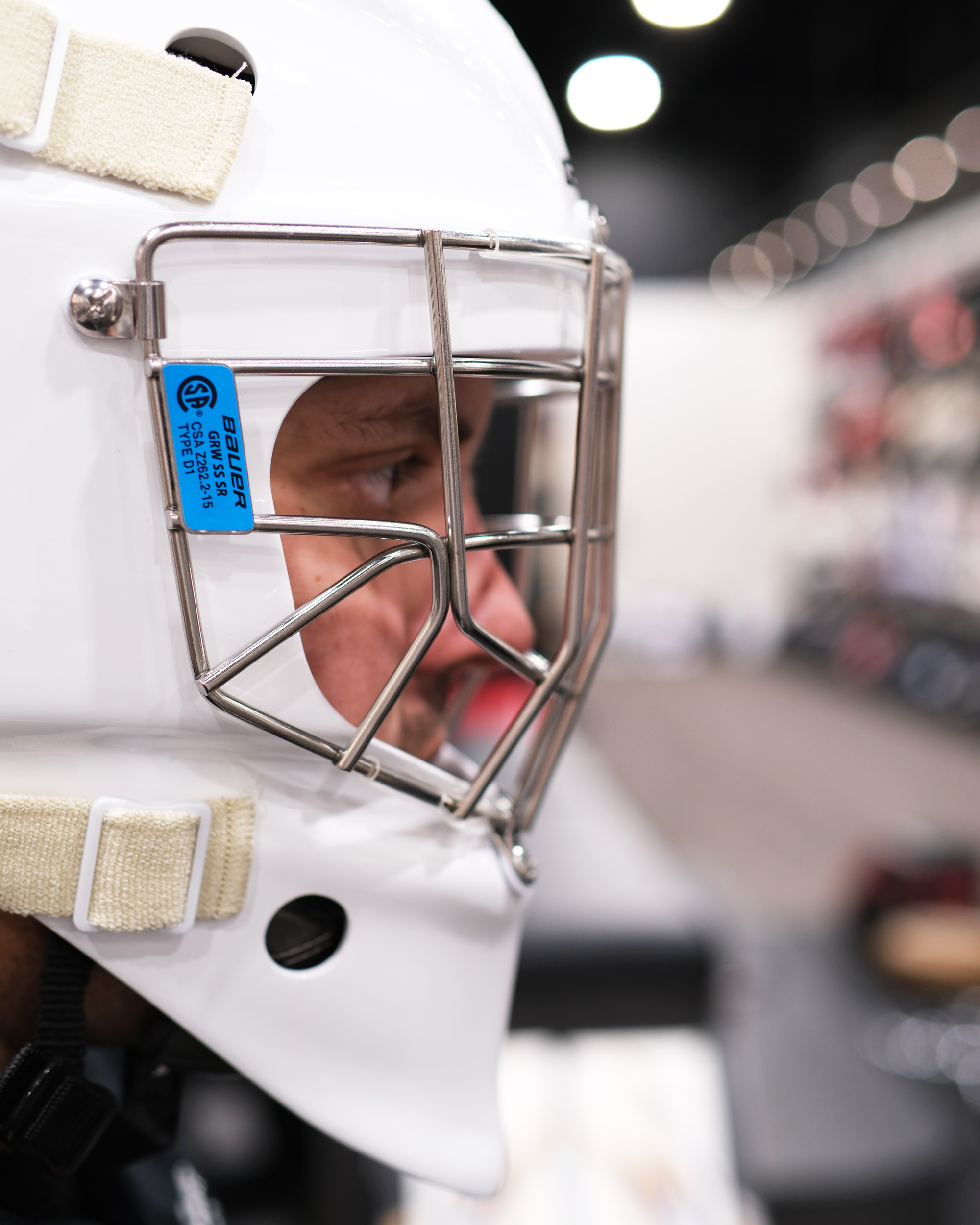
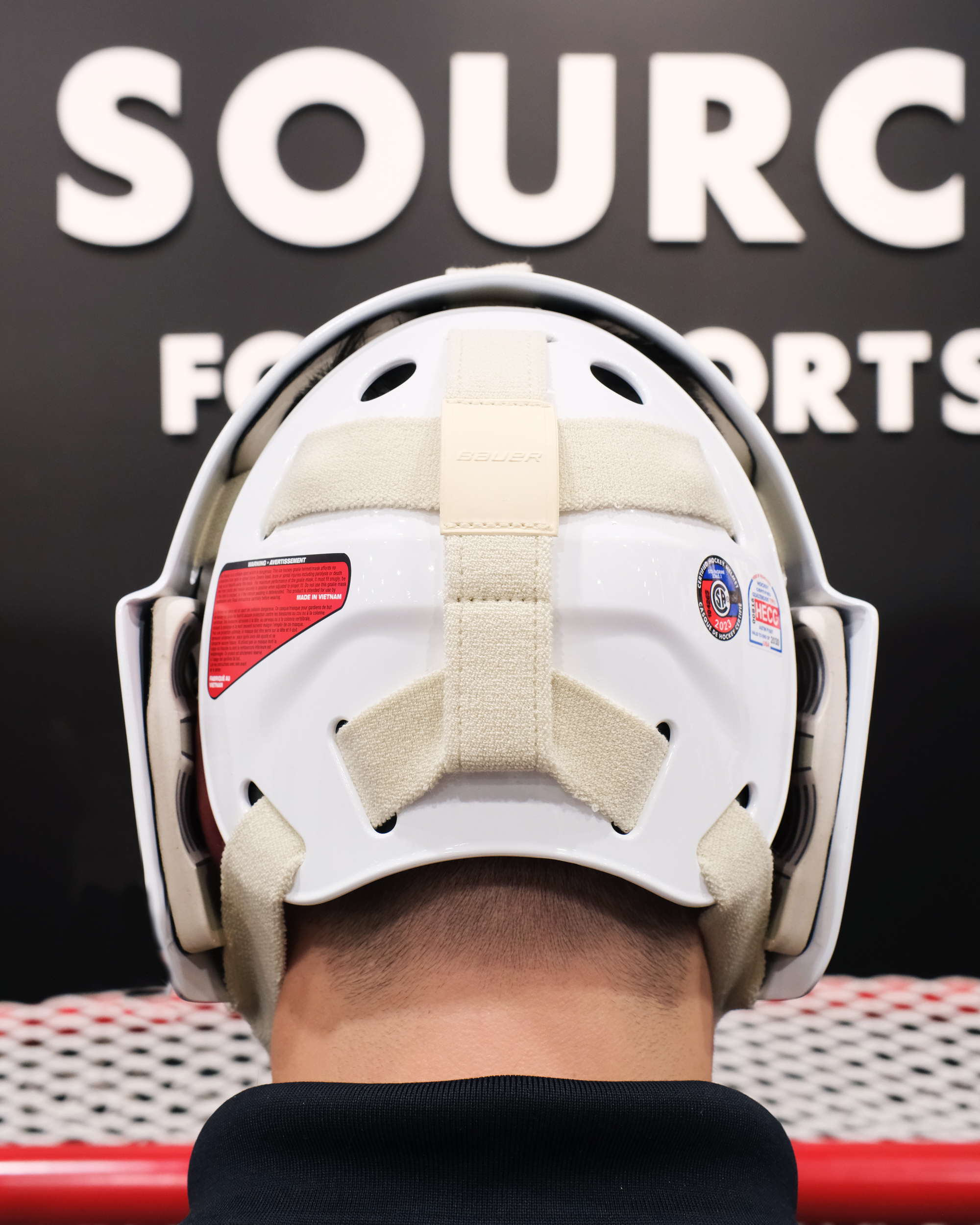

Once these parameters have been considered, a good fit can be determined by testing the mask's movement. Try grabbing the cage and shaking the mask back and forth. If the mask forces your head to move instead of the mask moving on your head, you have achieved a great fit!

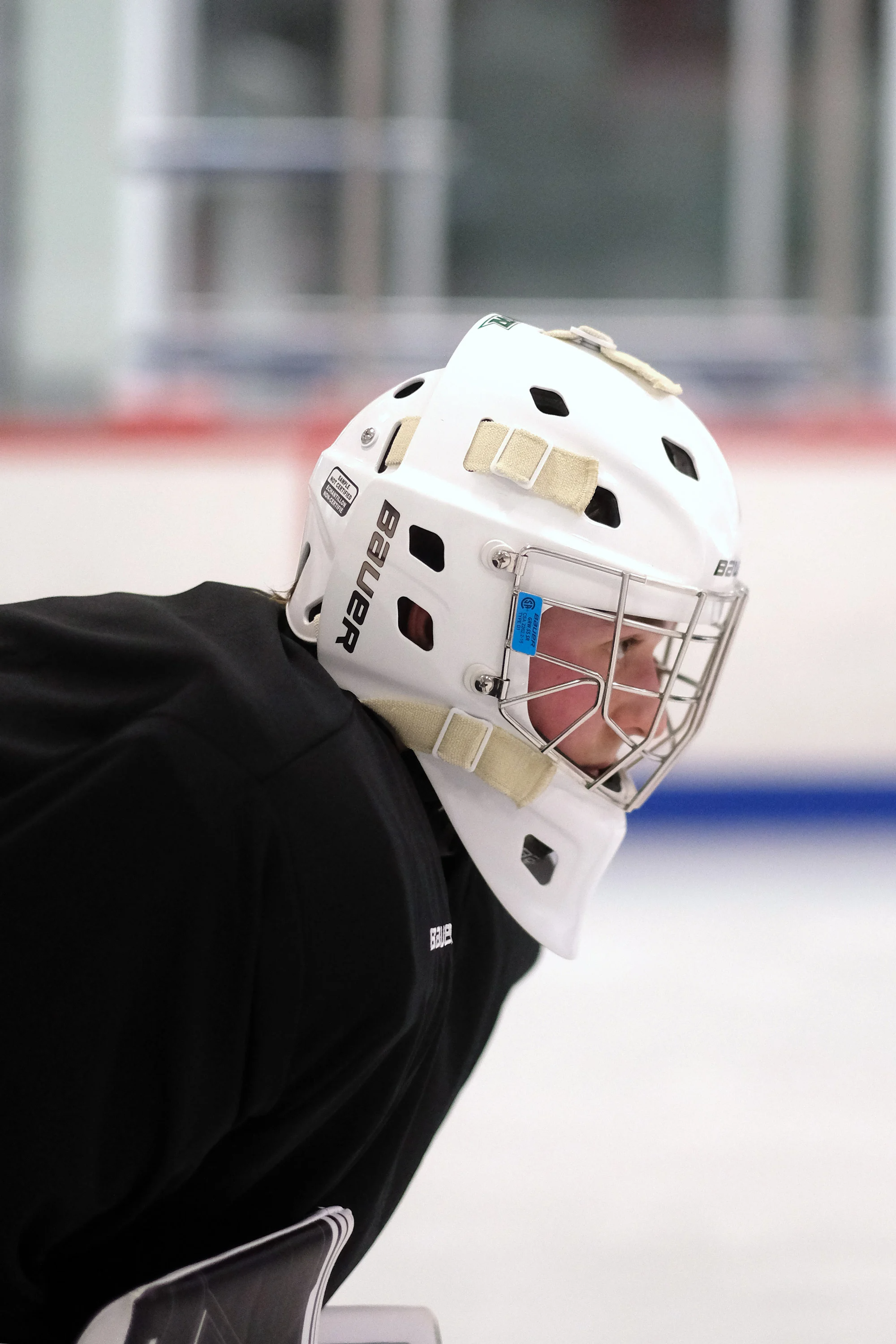
Finally, it is important to check the fit every few months, as compressed foams, dented cages, and stretched harnesses can cause the mask to loosen over time.